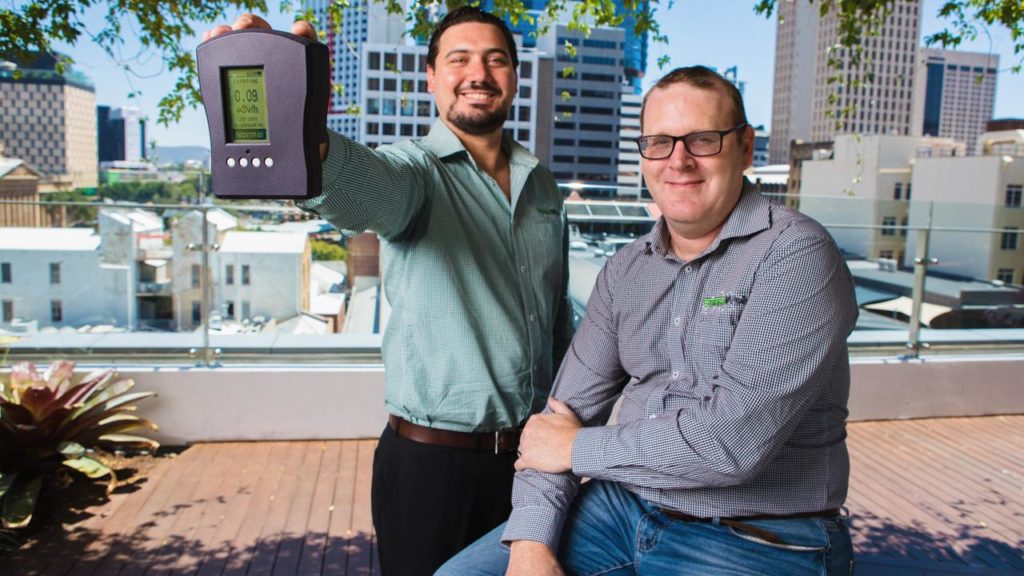Did you know that X-rays were discovered by accident? It all began with physicist Wilhelm Conrad Röntgen on November 8, 1895. While he was experimenting with cathode-ray tubes covered with thick cardboard, he discovered that there were still some rays passing through. And these were not the UV rays he has been working with. These rays cast a light on a fluorescent board in the room.
With their unknown nature, Wilhelm called them X-rays. These invisible rays can permeate most substances, leaving shadows that could be recorded on photographic plates. The first X-ray ever taken was of his wife Anna Bertha Röntgen’s hand, with her rings.

Thus began the medical field’s interest in X-rays. Röntgen’s discovery is the foundation of what would become modern radiology, allowing diagnosis of fractures, broken bones, tumours and many more.
Radiology in the Battlefield
At the start of World War I in 1914, X-rays were already used in hospitals. To help save lives on the battlefield, Marie Curie decided to use her knowledge to build portable X-ray units. She used Radium–the element she discovered–as another source of gamma rays.

The first ‘radiological car’ or ‘little Curie’ helped army surgeons in treating wounded troops. This vehicle housed an X-ray machine, photographic darkroom equipment and generator for electricity.
But it wasn’t an easy process for Marie Curie. She experienced delays in funding so she turned to the Union of Women in France, who helped her produce the first unit. After their successful contribution on the battlefield, she was able to get 20 vehicles from wealthy Parisian women.
For the cars to be usable, Marie Curie trained a total of 150 women as X-ray operators. Talk about women in science!
More Developments in Radiology
In 1918, George Eastman introduced film to replace the glass photographic plates used in X-rays. These days, more medical practitioners have been storing X-ray images as digital files.

Then in 1971, Godfrey Hounsfield introduced computed tomography (CT) scanning. This provides extensive information more than a normal X-ray does, combining a series of X-ray images taken from different angles around your body. With computer processing, you’ll be able to see images of bones, blood vessels, and soft tissues. The first CT scan was made on October 1, 1971.

A few years after the first CT scan, Raymond Vahan Damadian invented magnetic resonance imaging (MRI). On July 3, 1977, MRI scanning was performed on a live human patient. This has the same purpose as a CT scan but uses strong magnetic fields and radio waves instead of X-rays. They produce more detailed images but are also more expensive than CT scans.
Monitoring Radiation in Medical Facilities
Radiology is one of the greatest advancements in the medical field and it is still evolving to this day. It’s a key tool to diagnose and treat various illnesses, making it an essential instrument for our healthcare.
With its huge role in medicine, the risk of radiation exposure is something that we cannot simply understate. It is essential to have a working radiation monitoring system to limit the exposure of healthcare workers and patients.

SensaWeb’s radiation monitoring technology can benefit medical facilities with its simple data visualisation and automated immediate alerts.
Connect with the SensaWeb team here for your radiation and environmental monitoring needs or email us at info@sensaweb.com.au. You can also call us at +61 415 409 467.